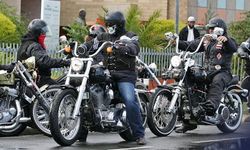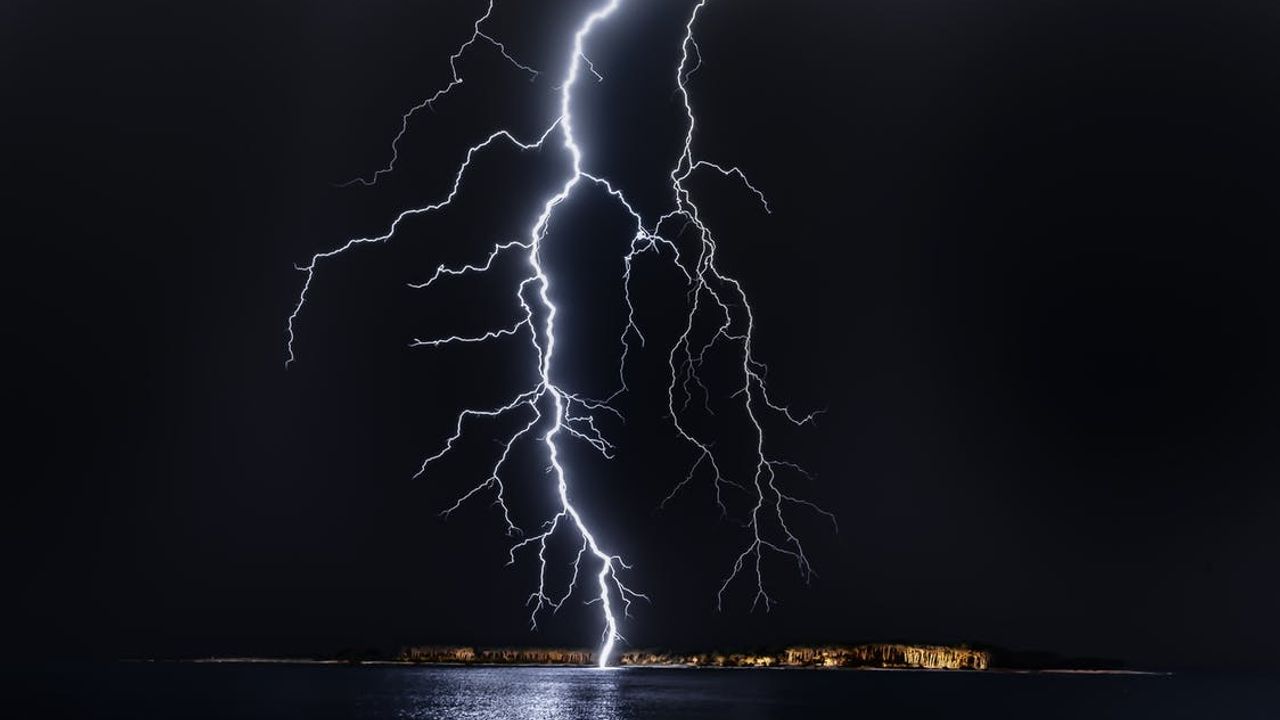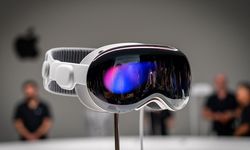A powerful laser was able to deflect a lightning bolt by about 60 meters before it hit a lightning rod.
The findings, published in January, suggest that lasers could be used as protection against dangerous storms that kill an average of 43 people in the US each year and cost US homeowners US$1 billion in insurance costs.
To test the new hardware, scientists brought their 3-ton lasers to the top of the 2,000-meter-high Mount Säntis in Switzerland. The advantage of this location is its 400-meter communication tower, which is reliably struck by lightning at least 100 times a year.
Aurélien Houard, a research scientist at the Laboratoire d'Optique Appliquee at the Swiss University EPFL and coordinator of the project, said in a blog post on the French site Polytechnique Insights that the idea of using laser lightning rods dates back to the early 70s.
Houard told The Wall Street Journal that their laser is 100 times faster than previous lasers, which means it is "100 times more likely to catch lightning".
Scientists change the direction of lightning for the first time!
In a scientific first, researchers have succeeded in deflecting lightning using a powerful laser in the sky. This development could prevent lightning-caused fires and deaths.
Editor: David Goodman
Trending news

Hells Angels and Venezuelan Gangs: Fact-Checking the Viral Claim About Aurora, Colorado

Deadly Russian Strike Hits Lviv, Ukraine: President Zelenskyy Reports Latest Missile Barrage

Fantasy Football Rankings 2024: Breakout Predictions from Top NFL Model That Forecasted Jahmyr Gibbs’ Big Year

1700 new virus species discovered in the Himalaya

Sydney McLaughlin-Levrone Opens Up About Reactions to Her World Record Performance and the Personal Impact

Police Address Concerns Over Hells Angels Motorcycle Club’s Alleged Move to Aurora









